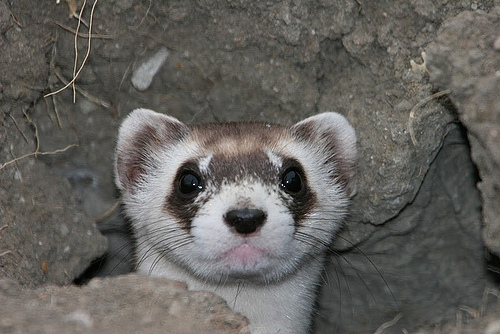
High Country News’s Goat blog says that things are looking up for black-footed ferret reintroductions. It says that safe harbor agreements and new approval from the Colorado state legislature have opened new vistas for the species, which was once widespread across the West and then, in 1979, was thought to be extinct.
If you don’t know the black-footed ferrets’ saga already, the Goat blog has a nice summary, plus all the reasons why having new places to inhabit in Colorado is a good thing. The reintroductions began in late October.
Read the High Country News Goat blog entry, here.
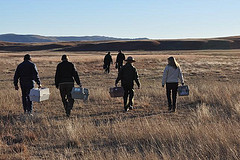
Photos: Ferret close up and transport to reintro site, courtesy U.S. Fish and Wildlife Service Mountain-Prairie Region.


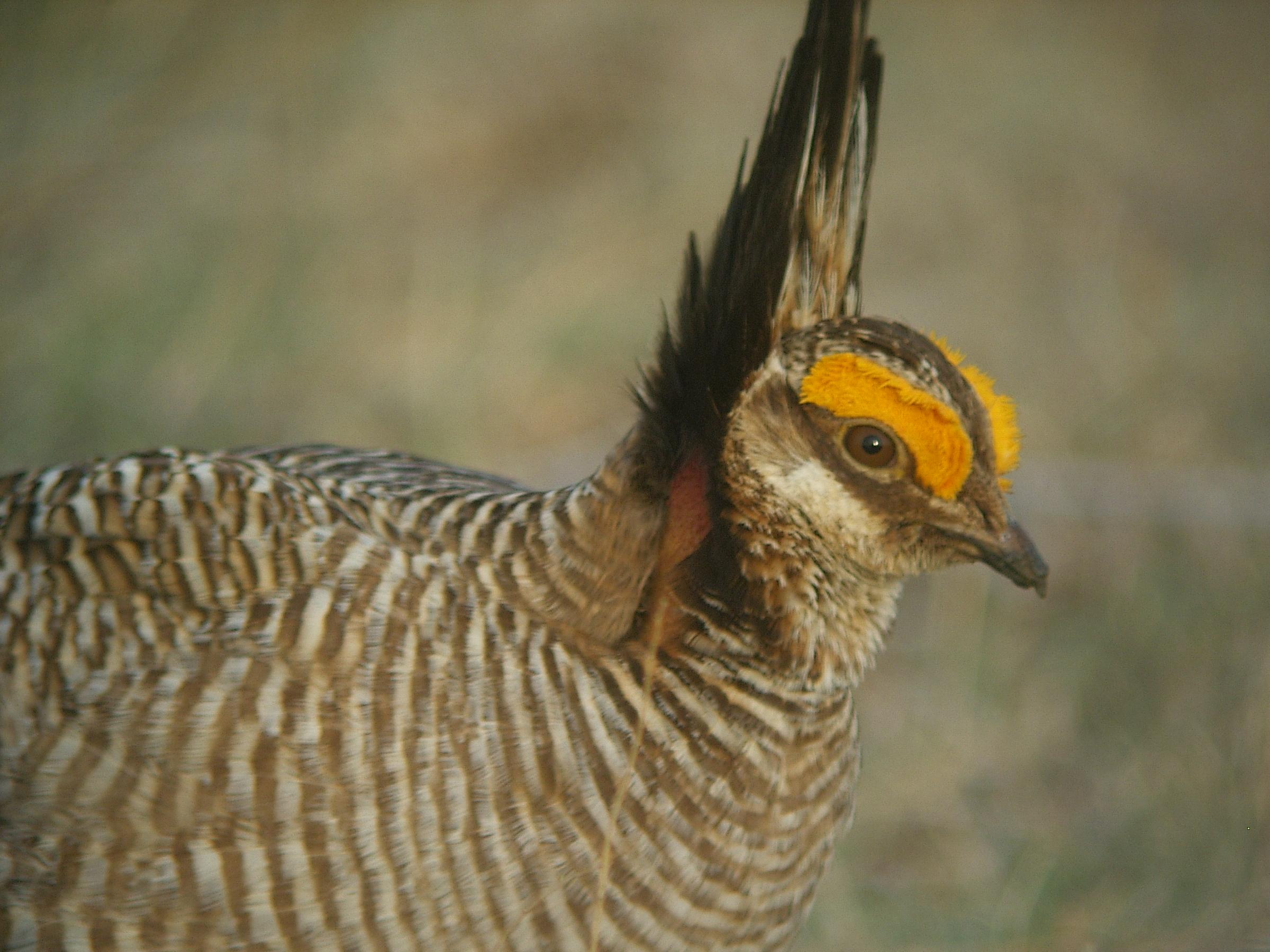 Five states submitted a plan for conserving lesser prairie chickens to the US Fish and Wildlife Service last week. It is the third draft for the plan, Lone Star Outdoor News reports. The five states are Colorado, New Mexico, Texas, Kansas and Oklahoma. The multi-state conservation plan is a bid to keep the bird of the federal endangered species list.
Five states submitted a plan for conserving lesser prairie chickens to the US Fish and Wildlife Service last week. It is the third draft for the plan, Lone Star Outdoor News reports. The five states are Colorado, New Mexico, Texas, Kansas and Oklahoma. The multi-state conservation plan is a bid to keep the bird of the federal endangered species list.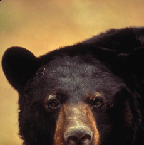 It started off with a late spring frost that killed off the bears’ seasonal food. It continued with a regional drought. It all added up to the worst year for bear and human conflicts in Colorado since the state started keeping records a few years ago, says an article in the
It started off with a late spring frost that killed off the bears’ seasonal food. It continued with a regional drought. It all added up to the worst year for bear and human conflicts in Colorado since the state started keeping records a few years ago, says an article in the 
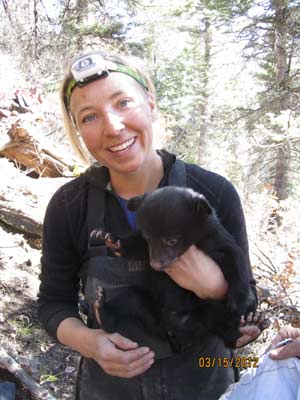
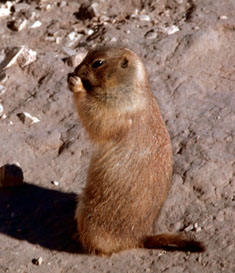 Oregon vesper sparrow and Mazama pocket gopher; mountain plover, burrowing owl and McCown’s longspur; the palila, a rapidly-declining Hawaiian honeycreeper; Karner blue butterfly, grasshopper sparrow, Henslow’s sparrow, and northern harrier; and white-tailed, Gunnison’s, Utah, and black-tailed prairie dogs are among the non-game species to benefit from this round of the
Oregon vesper sparrow and Mazama pocket gopher; mountain plover, burrowing owl and McCown’s longspur; the palila, a rapidly-declining Hawaiian honeycreeper; Karner blue butterfly, grasshopper sparrow, Henslow’s sparrow, and northern harrier; and white-tailed, Gunnison’s, Utah, and black-tailed prairie dogs are among the non-game species to benefit from this round of the